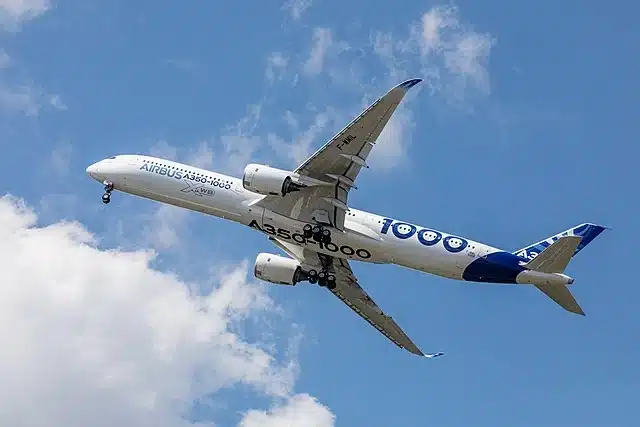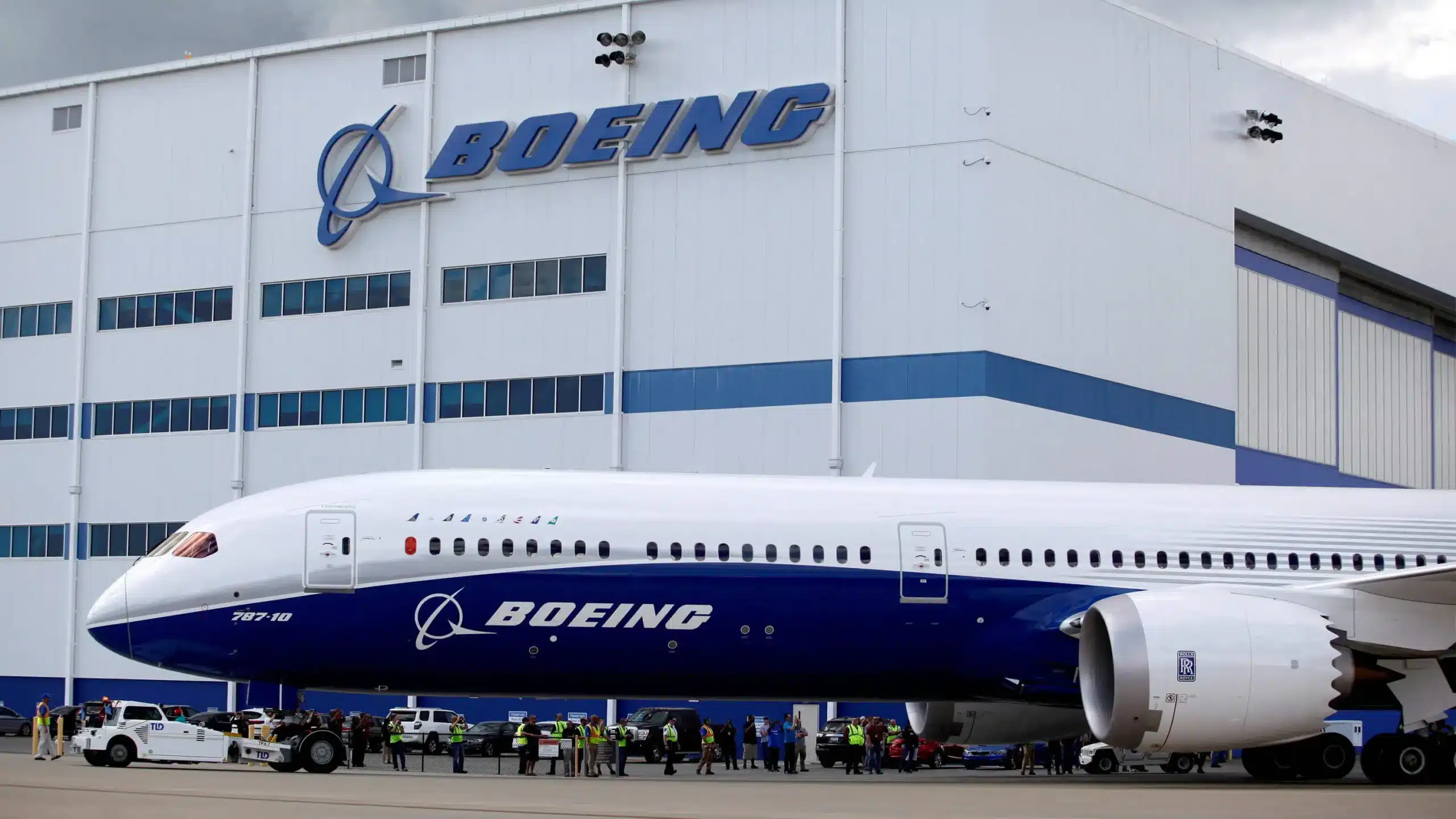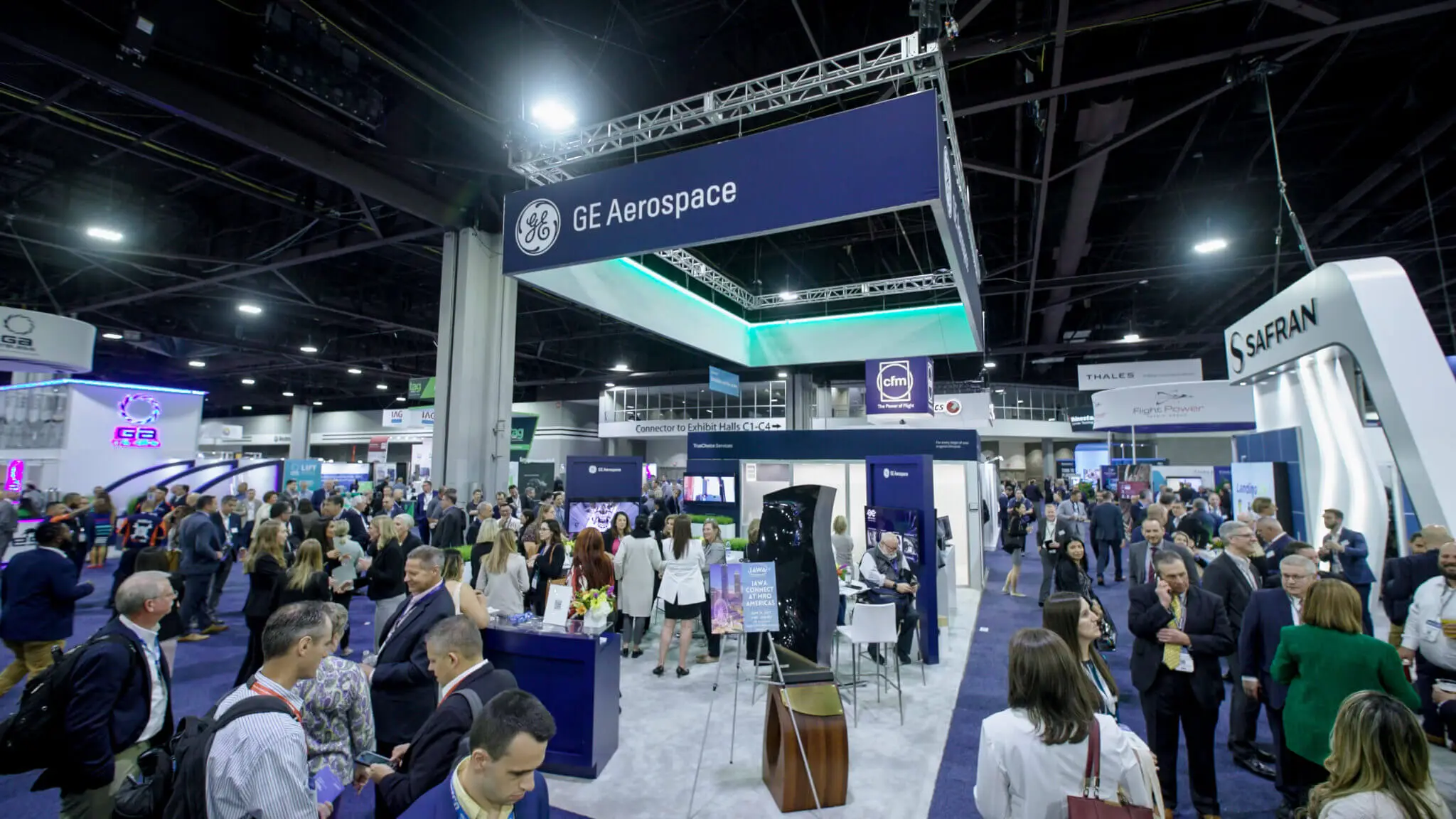Electric and Unmanned Aircraft are Landing
Fact – The Earth is warming. Fact – This is due to C02 emissions related to human activity since the industrial revolution. Question – Will eVTOL aircraft save Aviation?
Aviation is a CO2 contributor but unlike farming, Industry and heating our homes it is deemed discretionary. Let’s not debate that here. We need change and we need it now.
And we are changing. Unlike others, aviation is aligned. We have goals and Aerospace is fighting back the CO2. But back to the Topic. We have the electric car. Surely, we can have the electric aircraft. Right?
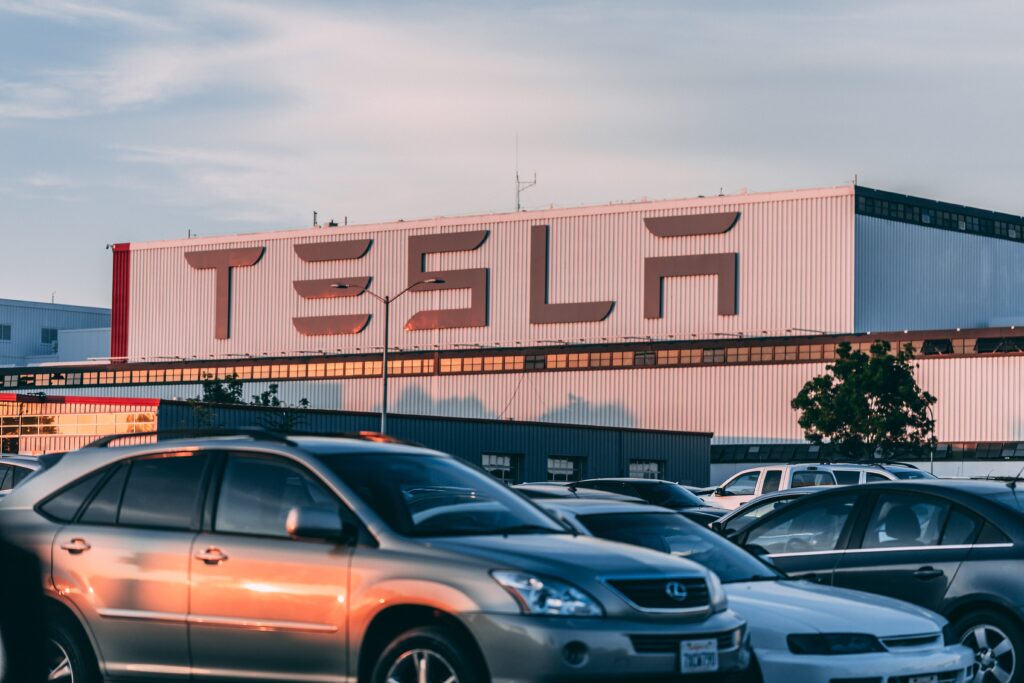
And we have drones. We have new, lightweight materials. Elon Musk can drop tons of rockets onto a floating barge. And if it misses the white cross on landing by a micro-millimeter, there’s a month of mourning at Cape Canaveral.
“So, get a blooming’ grip Aviation! Just make Uber-Air a reality!”
Not so fast.
Electric Aircraft
Unlike Elon, if you are human and subject to the effects of gravity – particularly its effects around terminal velocity – please read on for a dose of reality.
Or if you’re an aviation investor considering investing in an eVTOL company, electric aircraft, or related vehicles, then this is also for you. Why? Because we need you.
First a caveat. We are both a supporter of, and believers in, aircraft being powered by sources of energy that do not contaminate our planet. We crave sustainable mobility, not just Urban Mobility.
Urban Air Mobility
Let’s take a vertical flight. With a parable. Once there was a man called Franz Reichelt. And he was an inventor. A pioneer if you will. Of parachutes. One cold February morning in 1918 Franz went to the top of the Eiffel tower with his latest version of an invention he called the “Parachute”.
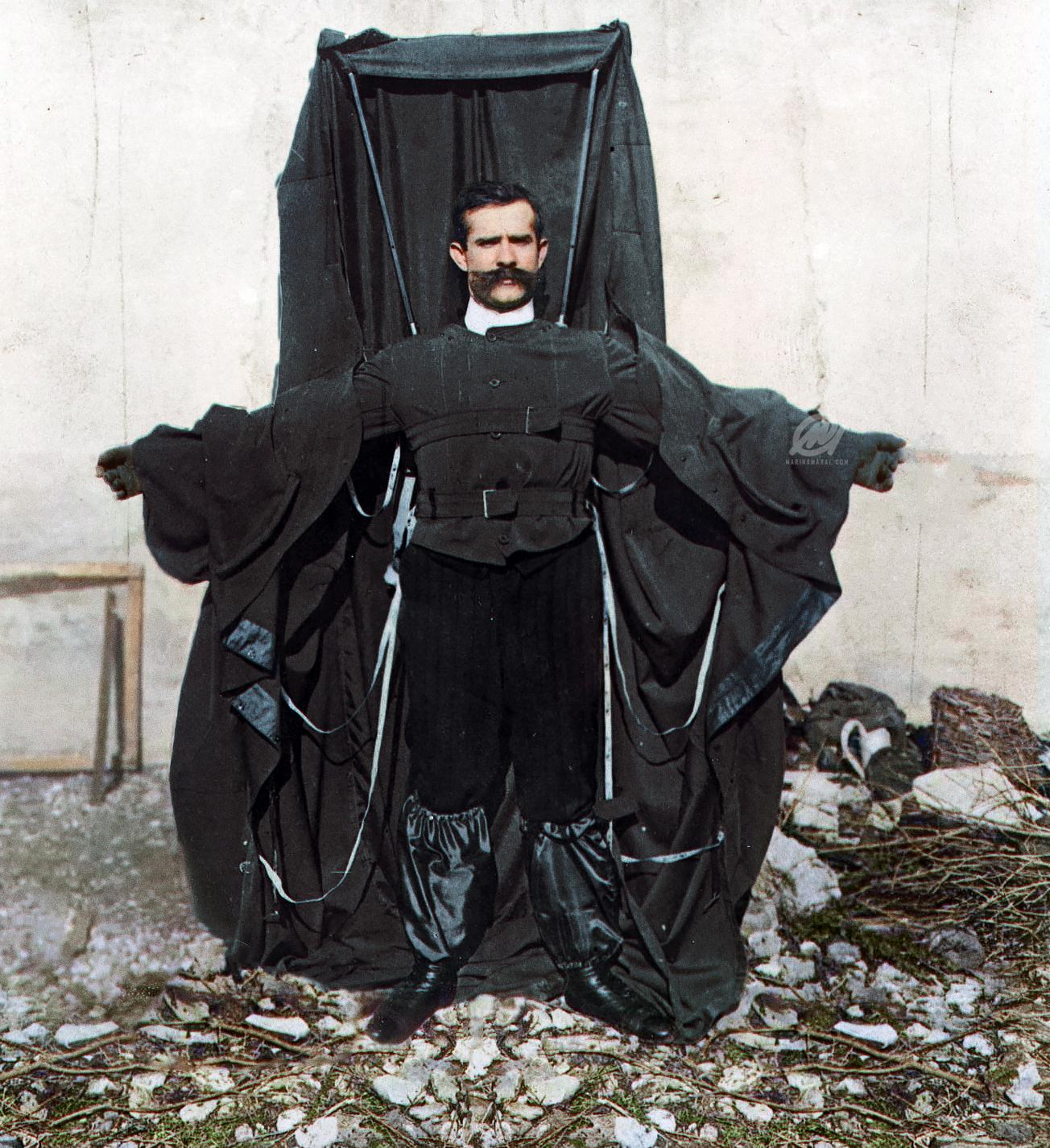
But Franz wasn’t one for process or Risk assessment. Instead of strapping it onto a dummy, like he said he would, he decided he should put his Francs where his mouth was.
It did not go well.
Much like early pioneers, Franz desired to push the boundaries, but he had neither the knowledge nor the experience. On the shoulders of giants, as they say.
Today, if you want to take a parachute jump you can safely do so, because several factors are in place. Safety. Training. Regulations. Professionalism. What’s not obvious to skydiving beginners, however, is the one hundred years of development, certification and design validation that happened between today and when Franz took his last leap.
EVTOL Design
When you book your flight on Delta, or Southwest or Emirates you never know what aircraft is going to be at the gate. Southwest only fly B737’s, so maybe you knew this. Or maybe not. But when you take your service, you are confident you’ll make your destination. There are stats to prove it. Commercial Aviation has incredible safety statistics.
How these safety numbers are delivered is due to the aircraft product itself, but also in development over decades by teams of engineers. In part due to redundancy. When a system or component fails, another system is ready to take over. Sometimes two. Sometime three. Franz Reichelt’s skydive was not blessed with redundancy.
Let’s take one example. The aircraft’s primary source of power is fuel. Modern aircraft don’t have just one fuel tank. They have multiple. Fuel is also a weight and flight control challenge. But primarily we don’t want anything to restrict our access to fuel at 36,000 ft. Over Siberia.

Sustainable Flight Power
So, to help us, we have various pumps and back-up pumps that move the fuel around the aircraft. Some pumps have electric motors. Some are hydraulic powered. Some are connected to the main electric bus; some have independent sources of power.
Fuel is transferred from main tanks to other tanks near the engine before use, so there is always emergency supply. Engines can be cross fed in case the normal fuel supply fails.
We can also dump fuel in case of an emergency. I could go on (and we know are still off the eVTOL topic but bear with us). Both you and I are busy with TikTok and the gram, but I think I’ve made my point. How the fuel system alone is a complex, critical system.
And how we cannot, must not allow this system to fail. Oh, there’s are also hydraulic systems, electric systems, electronic systems, and air conditioning systems that keep us alive in the cabin.
Conventional Aircraft
How did we do this? In most cases it was because we found out the hard way. Before Ollie and Wilbur Wright there were a lot of early barnstormers that showed us how not to do it. Posthumously. Every decade since WWII has been littered with incidents and accidents where we found out something we hadn’t known.
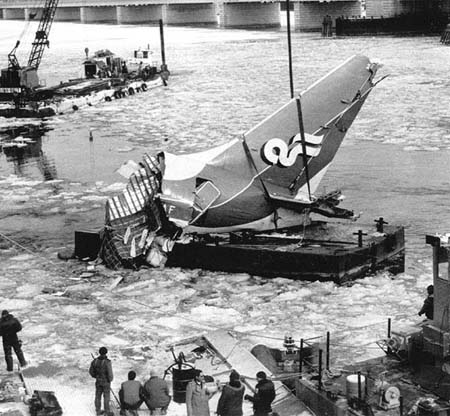
Metal fatigue, engine part design or instrument redundancy. Some were close calls. Others were tragedies. Some were the fault of the designers, some the pilots and some the maintainers. Others had nothing to do with the aircraft at all. Commercial aviation is complex.
“Ok, Ok, Ok I get it – but just copy and paste these lessons onto eVTOL’s?” I hear you shout.
We’re getting there, hold on, those cool spicy wings videos can wait. Jump forward to 2022. Young, intelligent men and women are pushing sleek eVTOL aircraft out of hangers in Silicon Valley and somewhere idyllic in Sweden.
They all look like Elon Musk made an airplane. Or Apple. Colored “futuristic white”. Some have propellers, but others are quadcopters, like large drones. All use battery packs only for power and are vertical takeoff air taxis because these people know their market. Most don’t need pilots, eventually.
I mean it makes sense, drones are already everywhere, just make it big enough for me and my two kids! People must be begging for them. I mean it’s got a touch screen for god’s sake, what else do you people need?
Electric Aircraft Systems
Only one thing. In fact, I only want one piece of paper. Yes Mr. Investor, you heard me – just a single piece of paper. And I’ll make things a little easier for you too. I only need to check for two words on this piece of paper. If you have this piece of paper with these two words, then call us here at WT Towers and we’ll invest in that aircraft (subject to terms and conditions!).
The piece of paper needs to be a Certificate from either EASA or the Federal Aviation Administration. And the two words I would like to see are “TYPE CERTIFICATE”.
Phew. There. That was easy, right? I mean, how hard could that be? Just call ‘em up and ask. They might even email it right over!
Advanced Air Mobility
No, my eager friends. They will not. And I think deep in your heart you are now starting to understand why. If you are still struggling then imagine the first time your child, or your beloved pet or God-forbid your PS5 being placed onto an eVTOL taxi ride. Now imagine it, rising to one hundred feet and starting its autonomous journey into the night.
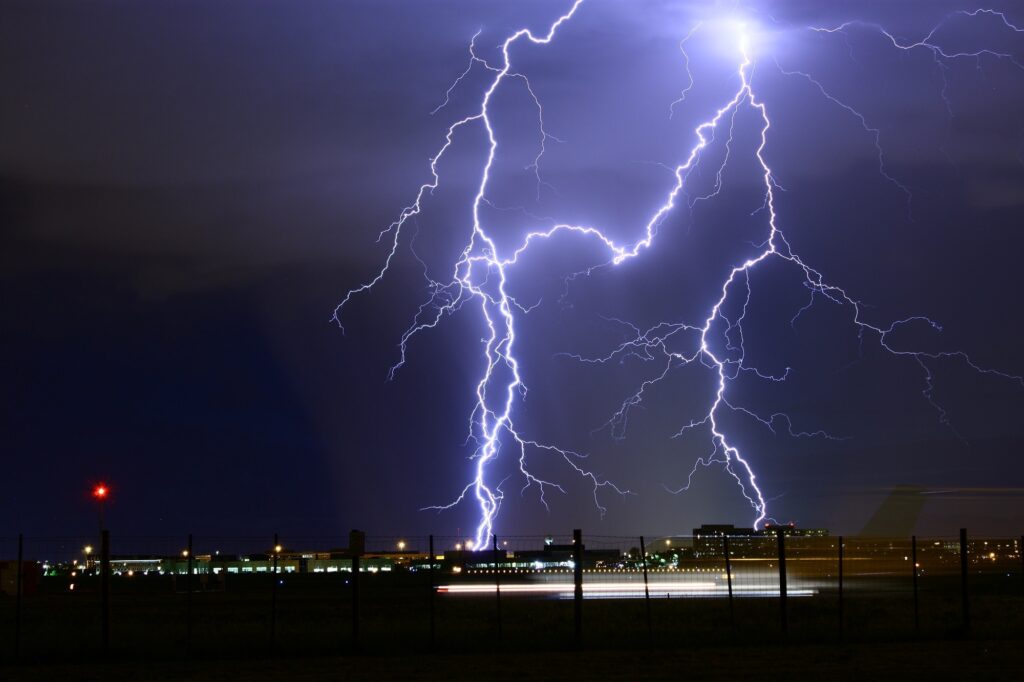
What knowledge would you need to feel confident just to turn away, walk back inside your house and not give it a second thought? If you are like me, quite a bit.
EVTOL Service
The Type Certificate is the perfect place to start. If you are an investor and would like to monitor a company’s journey to getting this piece of paper, then there’s little else you need to do. Why? Because the beautiful thing about certification is that you know the full weight of the industry is doing its job for you.
Design, Manufacture and Safety Operations. All those wonderful, clever people have gone in, taken a cold hard look at what these eVTOL folks want to fly, and they have all said “Yes, my friend – you’re eVTOL is good to go”. It’s just a shame Tinder doesn’t have the same regulatory framework. Yes, Stacey from Wooddale, I am talking about you.
Vertical Aerospace Risk
So, if you are an investor, or just have an interest in the field. Just have a little clickety-clack around the website of the company you fancy. Check where they are in the process of Certification, especially around issues like battery technology or electric power.
There’s a great episode of the Simpsons where a con artist/cult leader hops in a flying saucer and starts to fly away. The “UFO” sheds its skin and is revealed to be nothing more than a bicycle in a frame. Covered with a sheet. Now I am not saying for one second that these eVOTL pioneers are charlatans.
Or they are not working diligently to follow the laws of the land we call commercial aviation. But it’s one thing to build a test vehicle designed to fly in front of a 4K camera. And quite another to build a commercial transport aircraft of any size.
Air Taxis
But we for one, really hope they succeed. Because if they do then we might truly disrupt the business. And who knows what new systems and technologies they might invent on the way. Advanced Air Mobility systems could be adapted for use on longer routes.
To save energy. To make Air Traffic Control more efficient and save billions of gallons of fuel. Airlines like Virgin Atlantic and Lessor’s like Avolon have backed some of these Air Taxi service upstarts and these companies are super-smart partners. We have an electric aircraft page; you can click through and see how these companies are faring.

